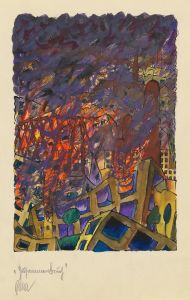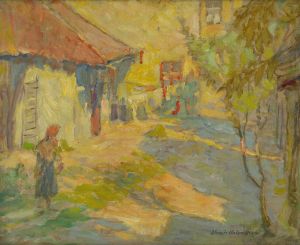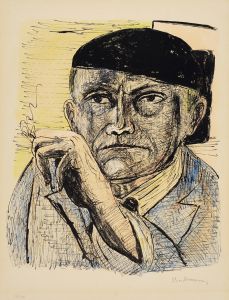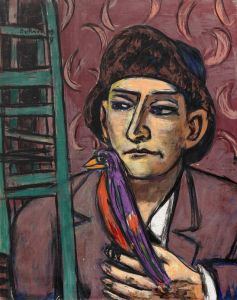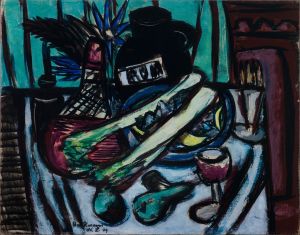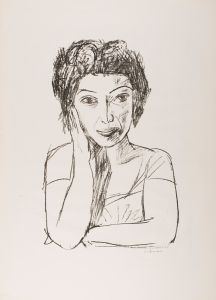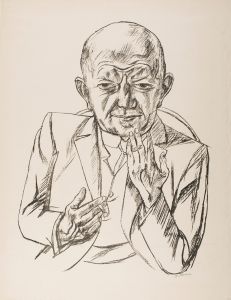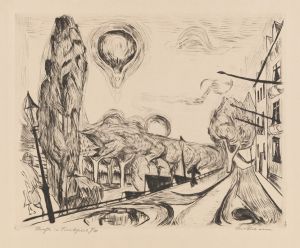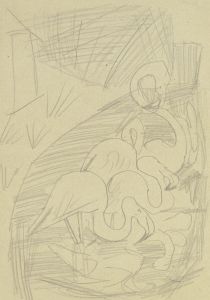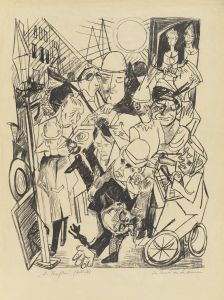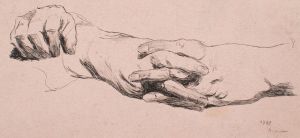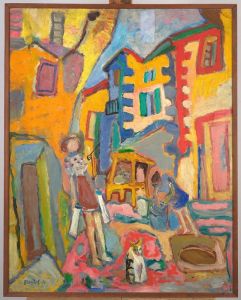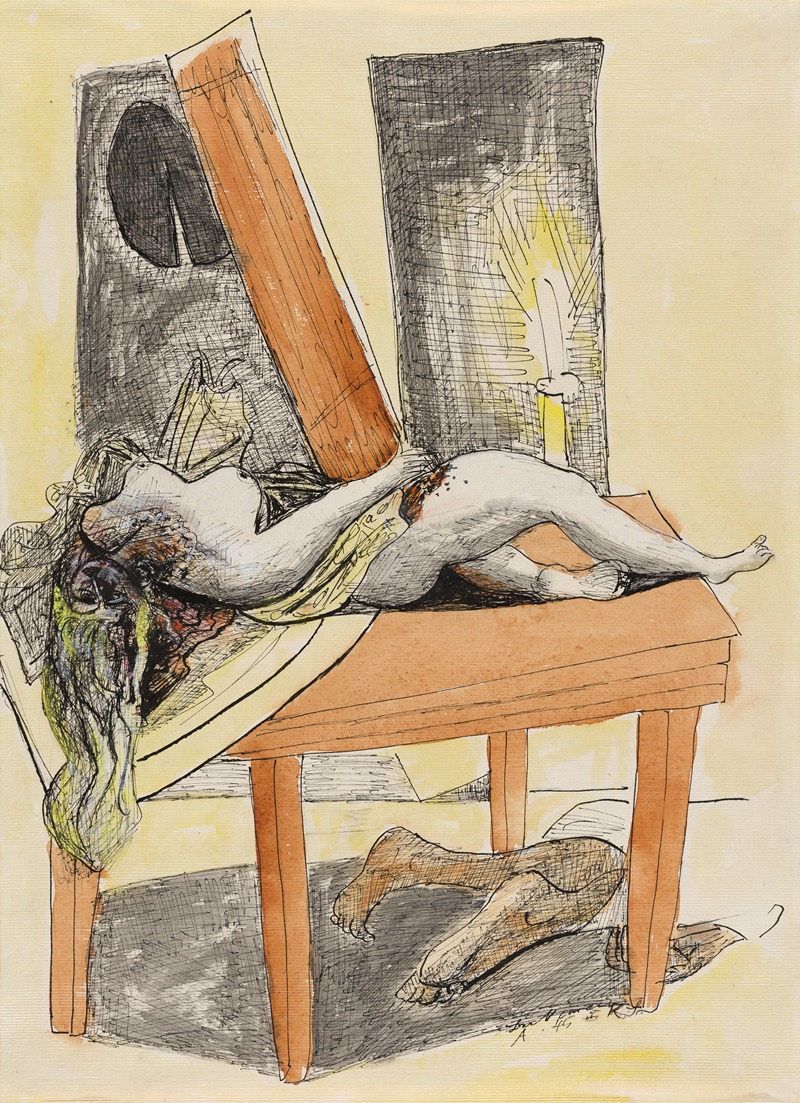
Der Mord
A hand-painted replica of Max Beckmann’s masterpiece Der Mord, meticulously crafted by professional artists to capture the true essence of the original. Each piece is created with museum-quality canvas and rare mineral pigments, carefully painted by experienced artists with delicate brushstrokes and rich, layered colors to perfectly recreate the texture of the original artwork. Unlike machine-printed reproductions, this hand-painted version brings the painting to life, infused with the artist’s emotions and skill in every stroke. Whether for personal collection or home decoration, it instantly elevates the artistic atmosphere of any space.
Max Beckmann's painting "Der Mord" (The Murder) is a significant work within the oeuvre of the German painter, who is renowned for his contributions to the Expressionist movement. Beckmann, born in 1884 in Leipzig, Germany, is celebrated for his intense and often unsettling depictions of the human condition, and "Der Mord" is no exception.
Created in 1916, during the tumultuous period of World War I, "Der Mord" reflects the chaos and brutality of the era. The painting is executed in Beckmann's distinctive style, characterized by bold lines, stark contrasts, and a dramatic use of color. These elements combine to create a sense of tension and unease, which is a hallmark of Beckmann's work.
"Der Mord" portrays a violent scene, capturing the moment of a murder. The composition is dense and claustrophobic, with figures that are distorted and exaggerated, a technique Beckmann often employed to convey emotional intensity and psychological depth. The figures in the painting are depicted in a manner that suggests both physical and moral conflict, a reflection of the broader societal upheaval occurring at the time.
Beckmann's experiences during World War I had a profound impact on his art. He served as a medical orderly on the front lines, where he witnessed the horrors of war firsthand. This experience deeply influenced his perspective and artistic expression, leading him to explore themes of violence, suffering, and existential dread in his work. "Der Mord" can be seen as a direct response to these experiences, encapsulating the brutality and senselessness of violence.
The painting is also notable for its departure from traditional narrative techniques. Instead of presenting a clear storyline, Beckmann uses fragmented imagery and ambiguous symbolism, inviting viewers to engage with the work on a more intuitive and emotional level. This approach is typical of Beckmann's work, which often challenges viewers to confront uncomfortable truths about humanity and society.
"Der Mord" is part of Beckmann's broader exploration of the human psyche and the darker aspects of human nature. His work is often associated with the New Objectivity movement, which emerged in Germany in the 1920s as a reaction against the romanticism of Expressionism. However, Beckmann's art maintains a unique position, straddling the line between Expressionism and New Objectivity, characterized by its emotional intensity and critical engagement with contemporary issues.
Today, Max Beckmann is regarded as one of the most important artists of the 20th century, and "Der Mord" remains a powerful testament to his skill and vision. The painting is housed in a private collection, making it less accessible to the public, but it continues to be studied and admired for its artistic and historical significance. Beckmann's work, including "Der Mord," continues to resonate with audiences, offering a poignant reflection on the complexities of human nature and the enduring impact of historical events.





